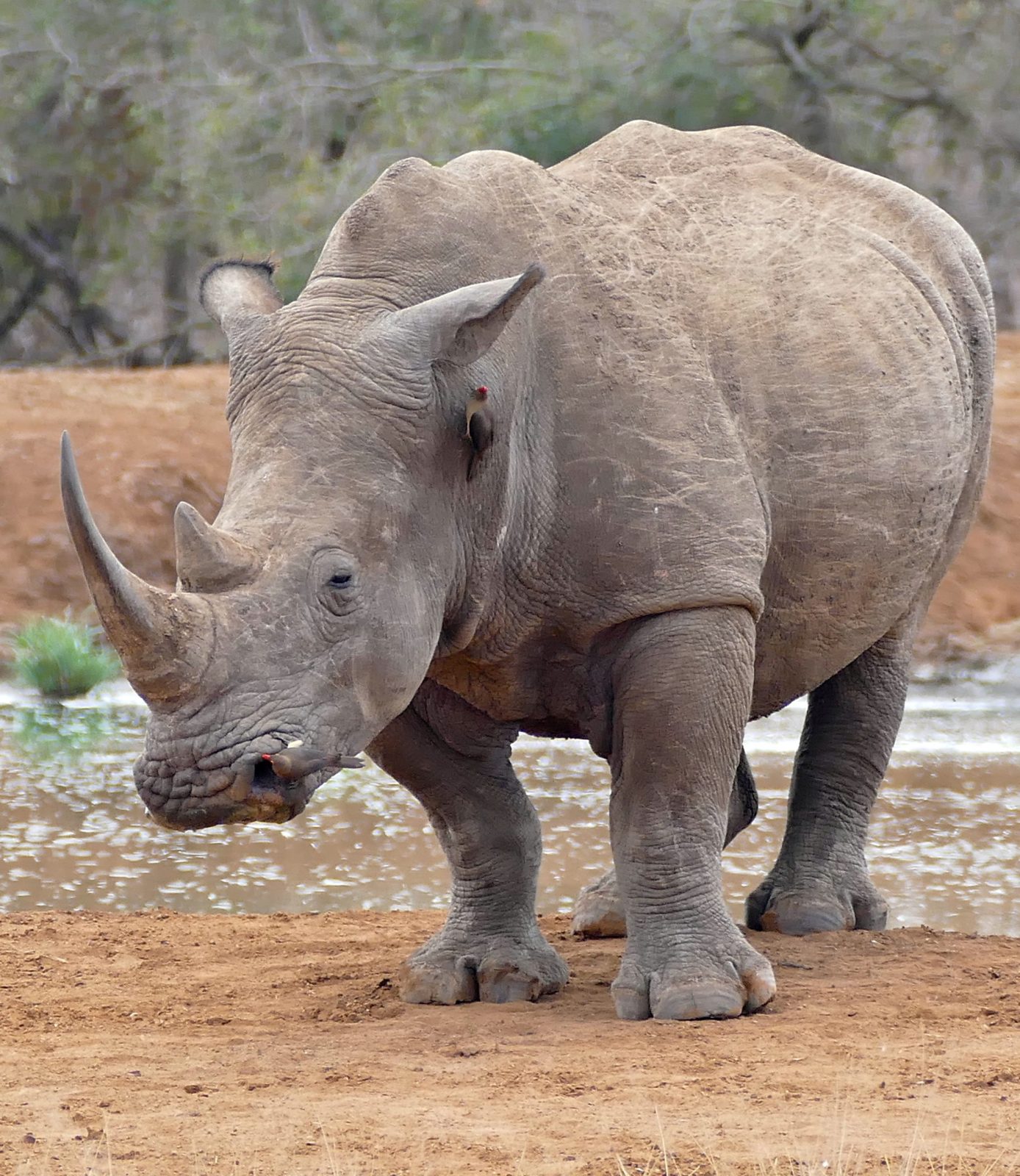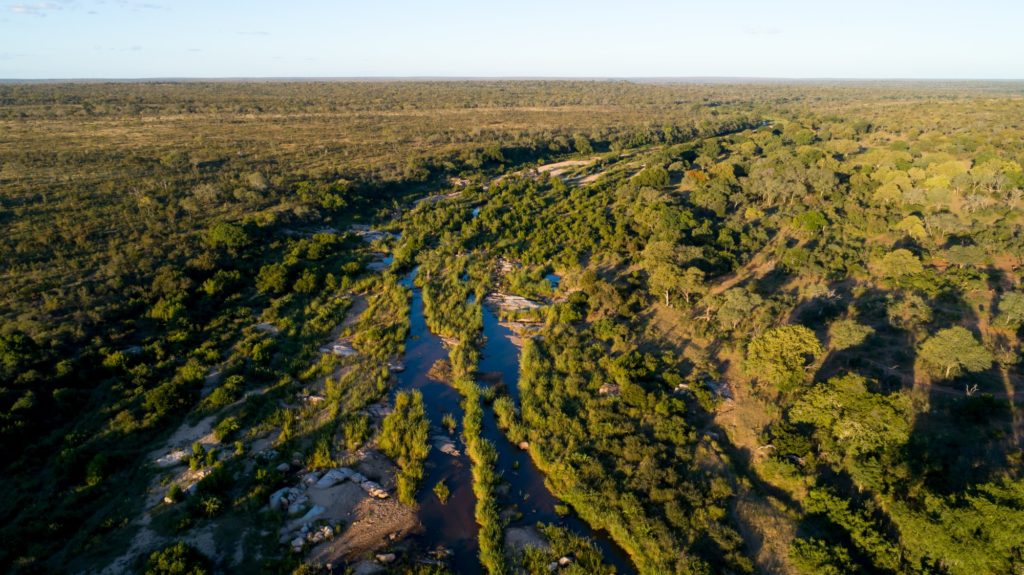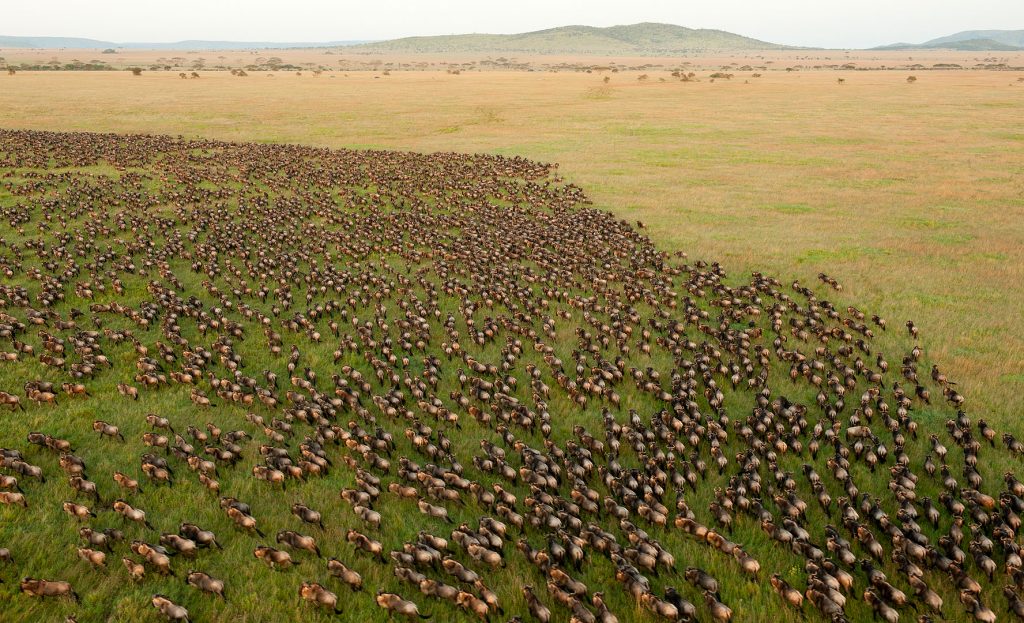Rhino have been hit hard in the last few decades. These species are all of the currently surviving species of wild rhino. Indeed, no species of rhino have been lost in modern times – in recent times the woolly rhino was lost. Further back, there are dozens of rhino species which are only known from fossils, with as many as 45-50 different species in the Americas alone.
There are links for the black and white rhino species, as these are found in the savannah ecosystems that we have listed, however, we will add more over time as we make contact with people in the field.
[smart_post_show id="20261"]















